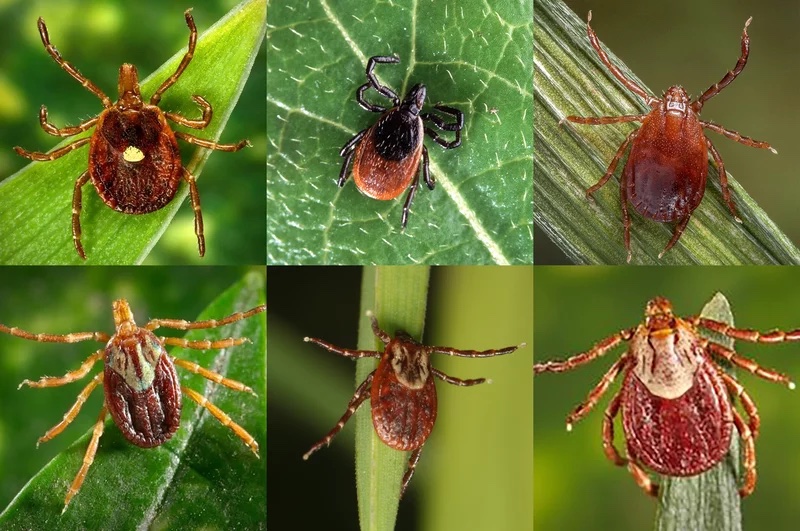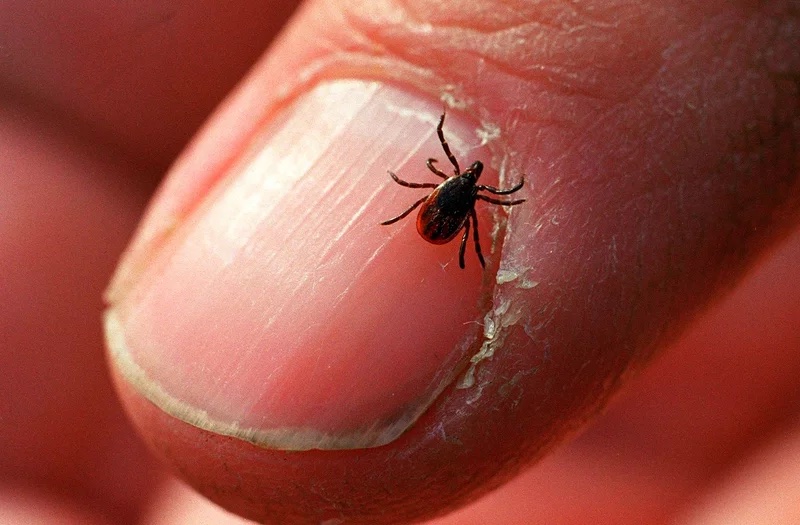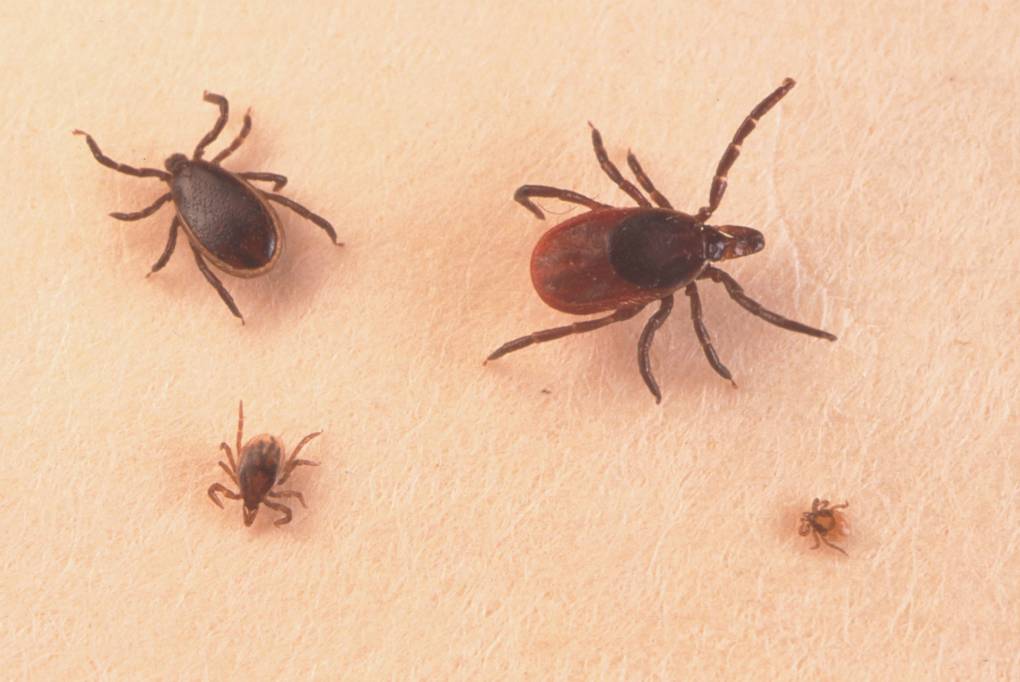Ticks aren’t known as beach lovers, so ecologist Dan Salkeld and a colleague were surprised when they found 180 ticks in less than a mile on a coastal trail near Muir Beach in California one day in 2016.
“Contrary to most people, we were delighted at the high numbers of ticks! It was exciting in terms of sample sizes and data,” says Salkeld, whose findings were published in June.
But it’s also sobering. For years, people who track black-legged ticks — the kind that carry Lyme disease — have been finding them in further-flung territory, though still in mostly traditional habitats of forested areas with tall grasses and leaf litter.
Now, “as the numbers expand, we see ticks in areas that we don’t think of as traditional habitat,” Mayo Clinic parasitologist Bobbi Pritt says.
That trend has continued, with ticks are showing up in places previously deemed safe from the disease-carrying arachnids, from those coastal California beach areas to manicured lawns in the Northeast. The sheer number of ticks may be forcing them to branch out into new habitats, Pritt theorizes.
And, more of them appear to be carrying pathogens. Pritt’s lab tests tens of thousands of ticks; over the last three years, they’ve found that more and more of the ticks carry the bacteria that causes anaplasmosis, a disease that can cause headache, fever and chills and severe illness if treatment is delayed.

It all adds up to more illness: Tick-borne diseases are at an all-time high, with about 50,000 cases reported each year — and far more going unreported.
While Lyme disease is by far the most prevalent, accounting for nearly 35,000 cases in 2019, ticks also carry pathogens that can make you allergic to red meat or cause acute respiratory distress. In rare cases, tick-borne diseases are fatal. Anaplasmosis is the second-most common tick-borne disease, with nearly 8,000 cases reported in 2019.
Here’s what you need to know about what kinds of ticks to watch out for, where — and what to do if you get bitten.
Check Your Local Tick Forecast
Your personal disease risk is highly dependent on your location.
Tick prevalence hinges on a number of local factors that make sweeping generalizations tricky, says Dr. George Dempsey of East Hampton Family Medicine and Bay Area Lyme Foundation’s Lyme Disease Biobank. That’s why he’s skeptical when he hears predictions for upcoming tick seasons.
“Every year they say it’s going to be a big year — either because of acorns or cold winters or warm winters …,” he says, but all of those factors vary from one location to the next.
Currently, a mild winter plus a hot, humid summer in the Midwest is bringing out ticks earlier than usual, for example. “It’s prime time — ticks are already out and about in Minnesota,” says Elizabeth Schiffman, epidemiologist supervisor at the Minnesota Department of Health.
Regional differences are shifting as well. In East Hampton, New York, Dempsey is seeing more Lone Star ticks, a relative newcomer to the area, and fewer black-legged ticks — resulting in less Lyme disease. And back on that Muir Beach trail in California, Salkeld’s team got its second surprise when they tested the ticks they found.
“Our prediction would have been that they didn’t have Lyme, but they were just as high as ticks in woodland areas,” he says, leading him to pose the question in his study: Should infection prevalence in ticks be reported at a hyper-local level — possibly even for a single trail?
What does it mean for those of us trying to stay away from ticks? Be familiar with the ticks in your area, Pritt says. (Try this field map from the University of Rhode Island’s TickEncounter website.) And note that your state or county health department is your best bet for local tick information.
Know Your Tick Types

These are the main types you may encounter in the U.S.
The black-legged tick, often referred to as a deer tick, can carry Lyme disease, babesiosis, ehrlichiosis, anaplasmosis and Powassan virus. An adult full-grown black-legged tick is the size of a sesame seed; a nymph is the size of a poppy seed. It’s found in the eastern half of the U.S. Black-legged ticks near the Pacific Coast are a cousin of this tick, known as the Western black-legged tick.

